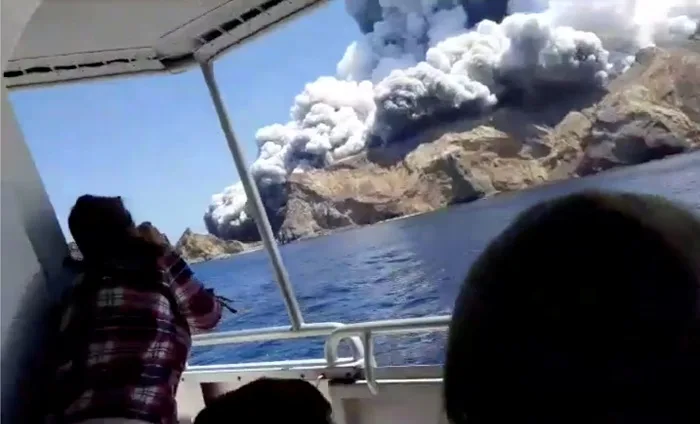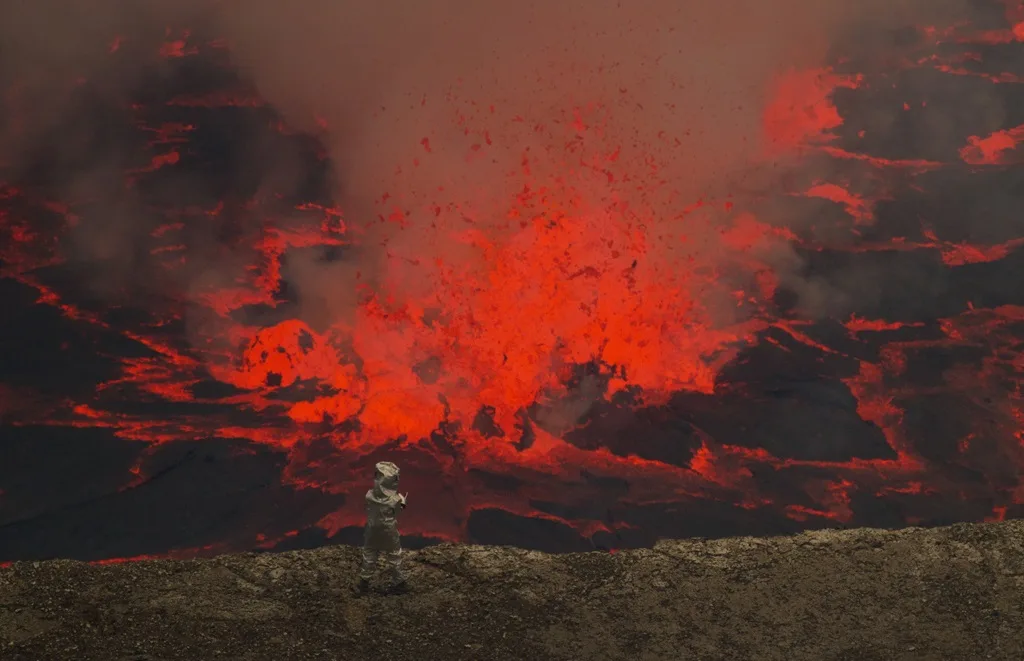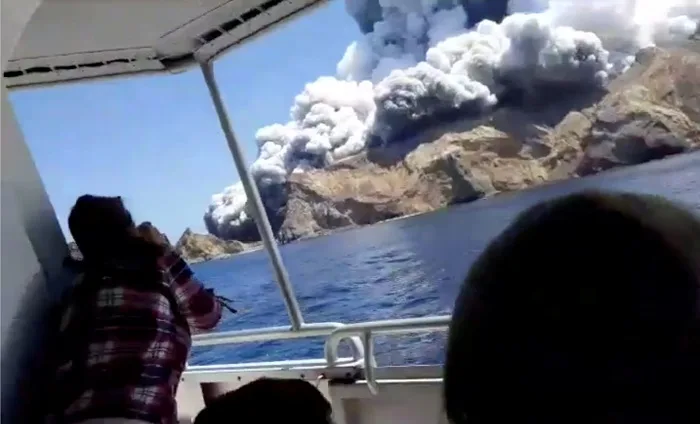
New Zealand's largest volcano showed signs of eruption
The danger of volcano tourism became evident on White Island, New Zealand on December 9, 2019, when the volcano at the centre of the island detonated with little warning, killing at least six people and injuring another thirty-one.
You cannot mistake the smell of sulfur dioxide or hydrogen sulfide. It’s the smell of rotten eggs, swamps, and decay. It burns your nose and -- if you’re very unlucky or not prepared -- your lungs. Getting close to a volcano means that you’re going to be breathing in these potentially lethal gases. But these aren’t the only risks to people who yearn to see Earth at its most extreme.
The danger of volcano tourism became evident on White Island, New Zealand on December 9, 2019, when the volcano at the centre of the island detonated with little warning, killing at least six people and injuring another thirty-one. Rescue and recovery operations have been hampered by the continued instability of the island.
I’ve done expeditions to several volcanoes in Africa and the South Pacific and I’ve taken the huge risk of descending into the crater to get up close to the lava lakes deep within them. Falling rocks and unstable ground are some of the dangers I’ve had to deal with. However, when I took on these risks, I had the advantage of an extremely experienced team and the volcanoes we visited had a specific style of eruption.

Mark Robinson inside a volcano in 2016.
At White Island, the eruption was mostly likely phreatic. In simple terms, it’s an eruption that happens when water interacts with molten rock (magma). The high temperature of the magma (700C to 1300C) causes the water to flash into steam. If there’s any sort of plug or obstruction, the pressure can build up and eventually detonate in a massive blast.
Phreatic eruptions usually include ash, rock fragments, hydrogen sulfide, sulfur dioxide, carbon dioxide, and steam. Liquid lava is rarely part of the eruption. All of these components can be found in most volcanic eruptions, but the ratios are different depending on the type.
In the volcanoes that I’ve visited, all have had lava lakes and are undergoing constant low-level eruption and thus are less likely to detonate phreatically. Groundwater does infiltrate down to the underground magma and comes to the surface through steam vents. Having stood inside a steam vent on the summit of Ambrym in Vanuatu, it feels very much like a natural sauna.

People on a boat react as smoke billows from the volcanic eruption of Whakaari, also known as White Island, New Zealand December 9, 2019 in this picture grab obtained from a social media video. INSTAGRAM @ALLESSANDROKAUFFMANN/via REUTERS
The low level, near-constant eruption of Ambrym and Nyiragongo means that the pressure built up in the White Island volcano doesn't happen and makes it somewhat safer to approach. There is still a significant danger to being close to something as unpredictable as a volcano and climbing down inside the crater is even more dangerous. However, there are some warning signs that a volcano is about to erupt in a significant way.
An increase in tremors or a rise in the concentration of sulfur dioxide often precedes an eruption. Both are used as an indicator of the potential for a volcano to erupt. In November of 2019, the New Zealand authorities raised the volcano threat level from 1 to 2, indicating heightened volcanic unrest. The level was raised because volcanologists detected very high gas concentrations in conjunction with increased earthquakes. Tour groups continued to bring people to the island despite the increased potential for an eruption.
VIDEO: INSIDE A VOLCANO
There is a risk in anything people do, but mitigating that risk is critical to surviving an encounter with the extremes of nature. When I drop into a volcano, the expedition team carefully scouts the path down, tests the cliff face for weaknesses, triple checks the ropes and so on. When compared to chasing tornadoes, volcanoes are far more dangerous, but at the same time, there’s far more mitigation of risk.
Bringing people who have little to no experience with unstable geography to an unstable island with an active, somewhat unpredictable volcano can be done safely, but as always, there’s a risk. At the same time, people pay money expecting to get a close up look at the volcano and might push the operators to get closer than may be wise. A balance of risk and mitigation is critical.
Standing at the edge of the vast caldera of a volcano as gas pours out of the boiling rock far below is something that few people will experience. However, as more and more people push to do the same, understanding the unpredictable nature of volcanoes and mitigating the risks of visiting them will become more and more important.











